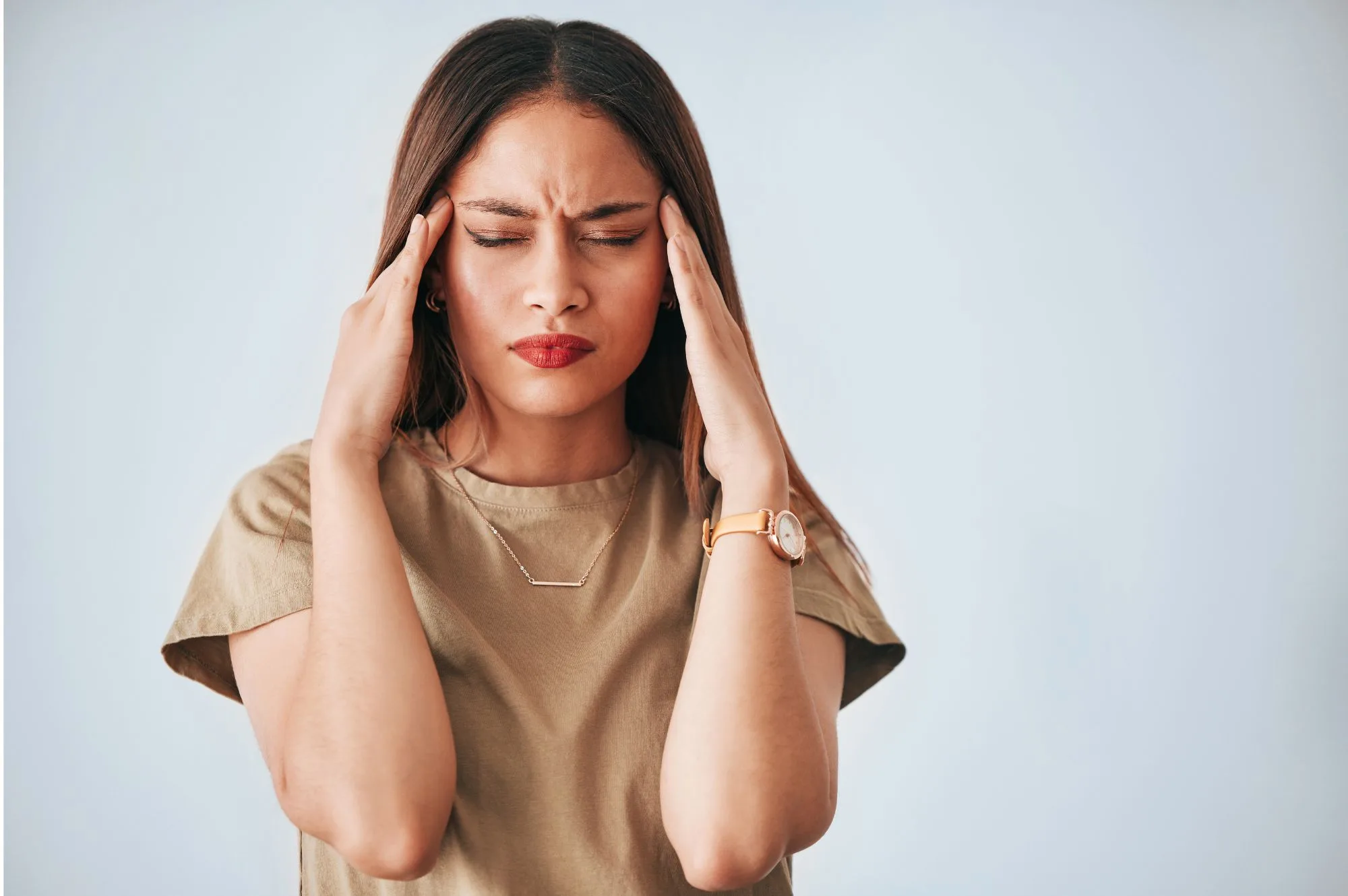
All you need to know about BPPV
Vertigo, which on a broader scale is considered to be dizziness, is actually a form of perception of motion disorder. There are various causes of vertigo but the most common cause is a dysfunctional vestibular system (sensory system responsible for maintaining balance). Slight change in the head position can trigger dizziness which can last from a few seconds to a couple of minutes.
What is BPPV?
Benign Paroxysmal Positional Vertigo or BPPV is the most commonly occurring types of vertigo. As the name suggests it is harmless or it isn’t life threatening (benign), it occurs suddenly and for short periods (paroxysmal positional). Our body’s vestibular system malfunctions to cause a perception of motion or false motion even through slightest movement of the head.
Causes
BPPV is caused by the relocation of vestibular crystals known as octoconia into an interior canal. Our vestibular system has three semicircular canals to detect movement with the help of the endolymphatic fluid. When our head moves the endolymphatic fluid moves with a lag because of inertia and stimulates the sensory receptors. Our brain receives these signals and ascertains heads position.
The octoconia sometimes get dislodged from their original location which is the utricle and get deposited in the semicircular canals. After this dislocation when our head moves these calcium carbonate crystals stimulate the sensory receptors and send out false signals creating a perception of motion.
Symptoms
The most common symptoms of BPPV is the prolonged sense of motion even after performing simple head movements such as tilting the head, rolling over, sudden turn or a sudden look up/down. Some other signs and symptoms of BPVV are loss of balance, nausea, vomiting, blurred vision and abnormal eye movements. The duration of these symptoms could be a few seconds or a couple of minutes. The symptoms tend to reappear after trigger motion is performed.
Diagnosis
BPPV is confirmed through a series of physical tests which involves physical exam, vestibular and auditory exam and a look at the patient’s medical history. Another electronystagmography (ENG) test is used to note eye movement during change in head position. Differential diagnosis might be conducted to detect Meniere’s disease.
Treatment
Physical therapy is highly instrumental in helping patients suffering from BPPV regain balance and go about regular chores with confidence. Manoeuvres such as Epley’s Manoeuvre are performed to move the false stimulation causing octoconia towards the inner part of the ear where it can cause no more trouble. The Semont manoeuvre is performed with rapid side to side movements is another popular treatment technique. If the manoeuvres don’t work your physiotherapist might recommend Brandt-Daroff exercises. Medication such as anticholinergics and antihistamines might be prescribed in relieving spinning sensation but they might not be as effective. There are times when BPPV resolves on its own within weeks or months. The motion perception causing octoconia dissolve with time or get displaced to a place where they cannot stimulate motion signals. Surgery is used in rare cases where the symptoms persist for a long time without any signs of improvement.
If constant dizziness after head movements is something you suffer with all the time then it is better to get yourself diagnosed.







